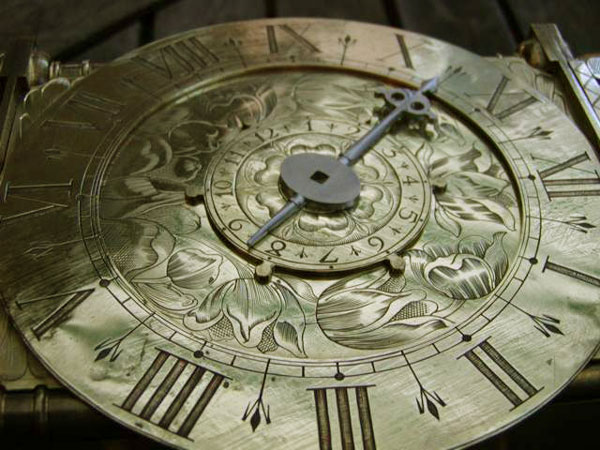Clocks – marvellous things. Strangely, clocks and watches are still popular, despite the fact that we have digital readouts on our phones, laptops, car dashboards, cookers, microwaves and so on. True, clocks are more likely to be decor items these days and watches are intended for us to keep an eye on our health and fitness, but there’s just something about them that I think will go on and on.
To me though the real clocks are the ones from days gone by. And there were plenty of them. Did you know, for example, that the world’s oldest clock was reputedly made in 1386?
So if you’re driving up the M1 from London to Yorkshire (or other places of course but Yorkshire is best) then a great detour is to pay a visit to Upton Hall in Nottinghamshire. This grand house, built in 1824, is the location of the Museum of Timekeeping, the headquarters and museum of the British Horological Institute.
There are thousands of clocks and watches, plus books, documents and other exhibits.
After despairing for several years now about some of the old skills that have definitely died out these days (have you ever looked online for a recipe for quiche? The ingredients list always has ‘one pastry case’?) one thing is for sure – I wonder how many people under the age of, let’s say 45, know how to tell the time with an analogue clock?
The museum is open only during the summer months (the beginning of April until the end of October) and the entrance fee is only a fiver, kids free and free parking.
Get a taster in the video below and scroll down for strange story…
Speaking clocks – now they are a fascinating subject. The first speaking clock, the telephone service, was started in Paris but the idea soon spread to other countries and the UK was one of the first to do so, launching the service in 1936.
The first woman’s voice to be used, that of Ethel Jane Cain, was used for many years and finally ‘retired’ in 1963. The successor was Pat Simmons. Her voice was heard until the eighties and Pat herself died in 2005 aged eighty-five.
That’s just the background to this story…
The machinery used for the broadcasting of the recorded time was pretty advanced for its day but nevertheless took up an entire, all be it small, room. The machinery is preserved at the Museum of Timekeeping.
One of the features of the museum is that it is a working museum and sure enough, the speaking clock machinery was working.
Until, says curator Viscount Alan Midleton, October 29th 2005 – the very day Pat Simmons died. Spooky…
My grandfather’s clock was too large for the shelf
So it stood ninety years on the floor
It was taller by half than the old man himself
Though it weighed not a pennyweight more
It was bought on the morn of the day that he was born
And was always his treasure and pride
But it stopped, short never to go again
When the old man died
WHERE IS THE MUSEUM OF TIMEKEEPING?
The Museum of Timekeeping
Upton Hall,
Main St,
Upton,
Newark NG23 5TE,
UK
ARTICLE BY:

Jackie
JJ is originally from the UK and has lived in South Florida since 1994. She is the founder and editor of JAQUO Magazine. You can connect with her using the social media icons below.

